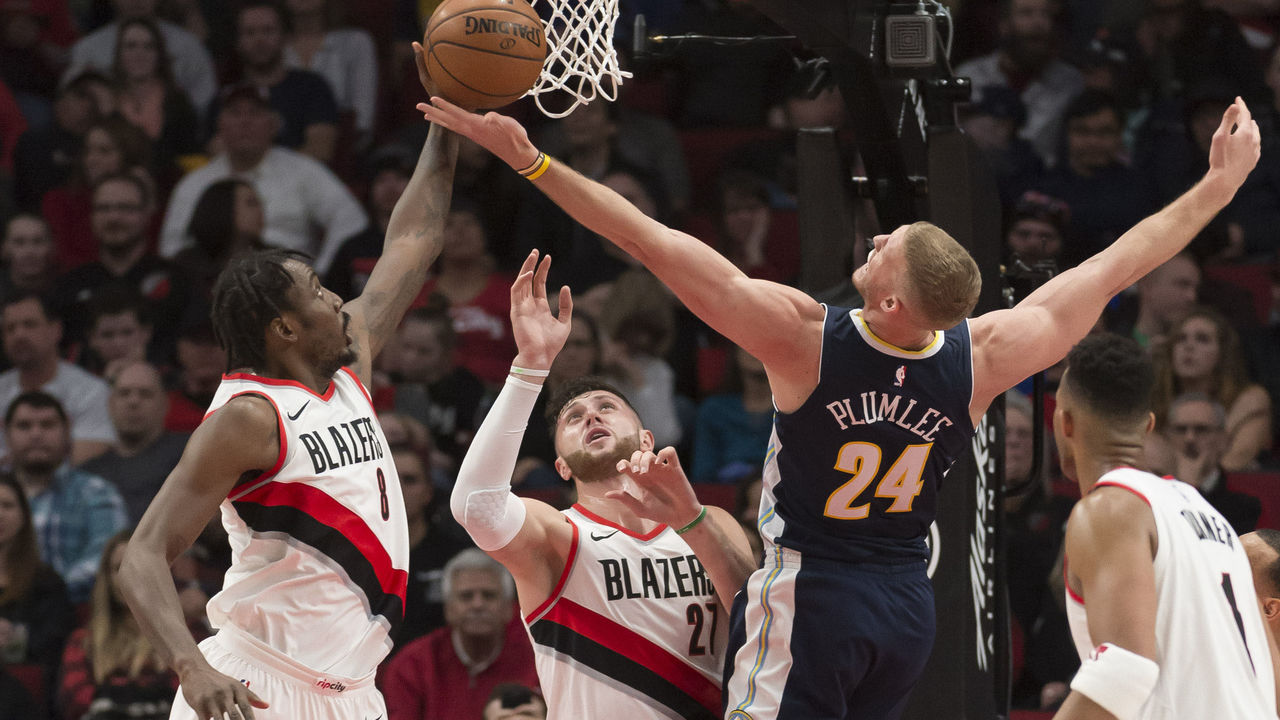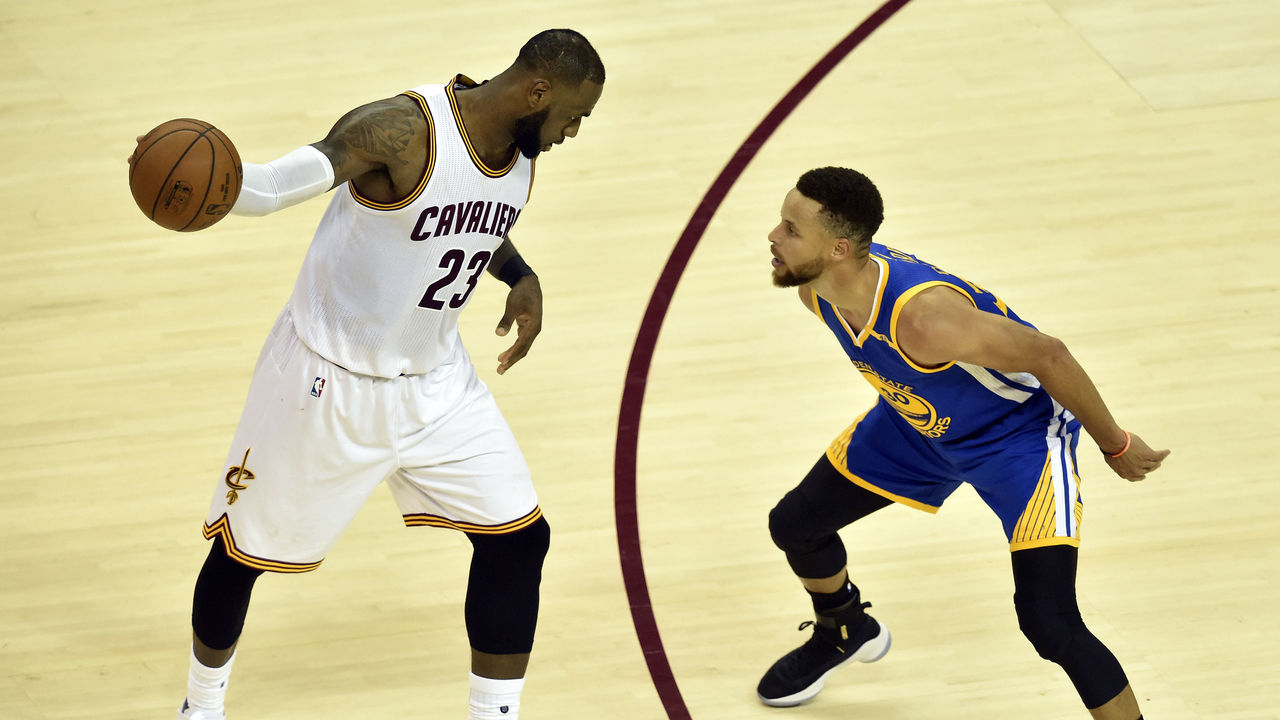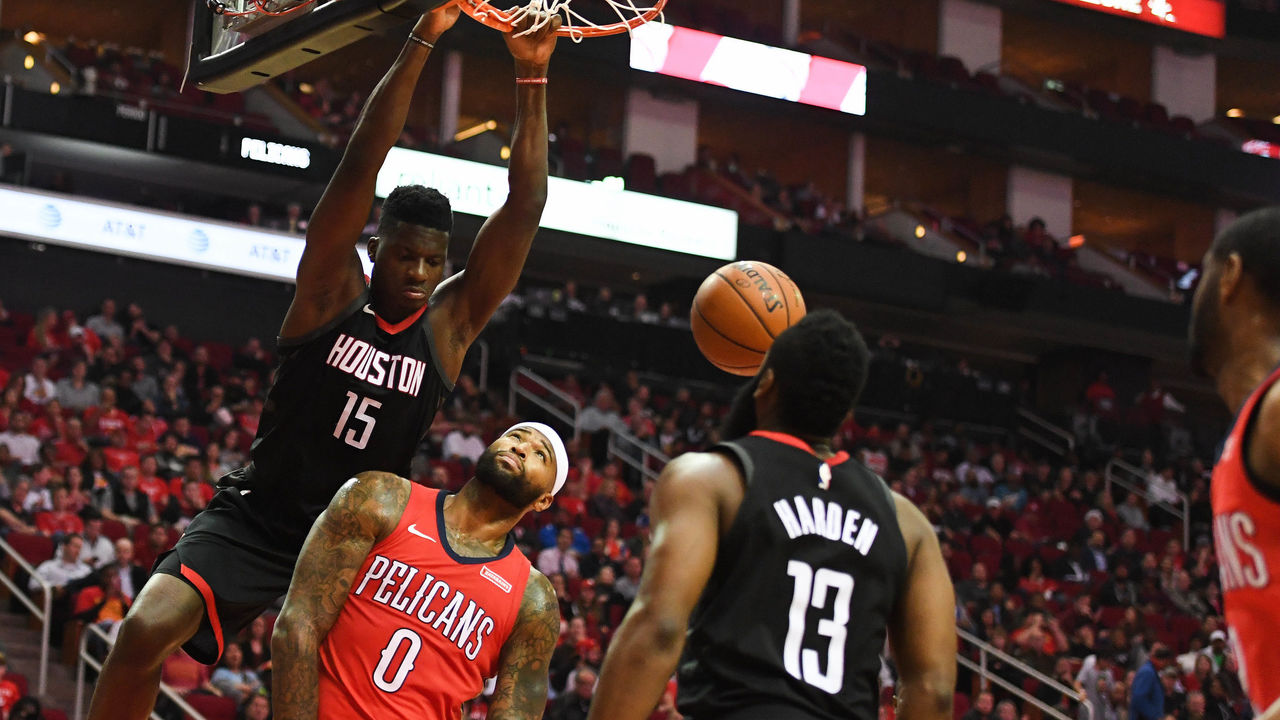4 New Year's resolutions for the NBA in 2018
The NBA is in a great place. Overall interest in the league is up, and there has never been as much elite basketball talent on earth as there is today.
With that said, things can always be improved. Here are four New Year's resolutions for the Association in 2018:

Address the "one-and-done" rule
The motivation behind forcing amateur athletes to wait a year between high school and NBA basketball is largely to save front offices from themselves. For every Kevin Garnett or LeBron James, there were a handful of high schoolers who didn't pan out as long-term rotation players, such as Eddy Curry, Sebastian Telfair, and Darius Miles. Delaying NBA eligibility gives scouts more time to evaluate players before investing precious draft assets.
There's less need for that precaution now. Amateur scouting has improved tremendously over the past two decades; rare is the teenage phenom without hundreds of hours of readily available footage and quantitative data. Additionally, with better youth development infrastructure in place, players are finishing high school with higher base skills and with NBA-ready bodies more often.
So, the NBA should make it the top priority to address the one-and-done rule in 2018. That could mean creating an application process for exceptional prospects to enter the draft out of high school, or scrapping the rule across the board. There's really no reason why the likes of Marvin Bagley III shouldn't already be in the NBA - or at least the G League.
Speaking of which ...

Expand the G League
The G League is no longer a punchline. Teams regularly use their minor-league affiliates to develop recent draftees and provide rehab opportunities for veterans returning from injury. Beyond having a direct impact on the NBA product, the G League gives additional chances to scout potential NBA players up close, within the pro team's own system.
Yet, there still isn't a one-to-one ratio of NBA teams to G League affiliates. The Wizards will add the Capital City Go-Go next year, leaving the Trail Blazers, Nuggets, and Pelicans as the only franchises without affiliates to call their own.
There's still plenty of time to rectify their situations for the start of the 2018-19 season. The Blazers and Nuggets are uniquely positioned to put G League affiliates in two untapped metropolises with NBA ties in the Pacific Northwest - Seattle and Vancouver. The NBA also appears to be positioning itself toward expansion south of the border; putting the Pelicans' affiliate in Mexico City would create some logistical hurdles, but would also open up a team in one of the smallest U.S. markets to an entire country and the most populous city in North America.

Balance the schedule, fix playoff seeding
The bottom line: Teams with the best records should make the playoffs, regardless of conference. There's no value in having a 38-win team in a weak conference falling upward into a playoff spot, only to be blown out by a legitimate contender in the first round. Seeding playoff teams from No. 1 to 16 would alleviate conference biases while better rewarding clubs with the best regular-season records.
To balance the postseason, the regular season needs to be accounted for as well. As things currently stand, an NBA team plays 52 games against its own conference and 30 games against the opposing conference. That allows good teams in the weaker conference to pad their records against inferior competition. For 1-through-16 seeding to work, each team should face approximately the same pool of opponents - 41 against the Western Conference and 41 against the Eastern Conference. This could be accomplished by each team playing 24 teams three times and five teams twice, increasing the number of inter-conference matchups.
Fix the jersey conundrum
With the NBA's new uniform agreement with Nike, gone are the old "home," "away," and "alternate" designations, replaced by the "Icon," "Association," "Statement," "City," and "Classic" editions. Variety, as they say, is the spice of life.
In overhauling the uniform policy, the NBA has also allowed the home team to select its jersey, with the visitor sporting an outfit of its choosing as long as it has some degree of contrast. That's all well and good, but with the increased frequency of atypical jersey designs, the viewer often ends up with completely nonsensical sartorial matchups, like this game from Dec. 11:

Here we see the visiting Pelicans in red against the Rockets, a team whose primary color is red. The Rockets wearing black isn't as much of an affront; it seems like half the league has an all-black alternate these days. But given the two darker shades, watching games like this one can be a nightmare, especially for those who suffer from color blindness (hat tip to Reddit user nxxkx, who brought the issue up earlier this month). It's hard enough to keep track of all the new jerseys, even with a full range of color perception.
This is an easy fix. The NBA can continue to allow the home side to select its jersey, and then allow the visitor to wear either its traditional light or dark uniform (Icon or Association) - but no alternates. Save each team's most outlandish colorways for the home crowd, and force the visitor to wear white if the home side opts for a dark hue.
(Photos courtesy: Action Images)